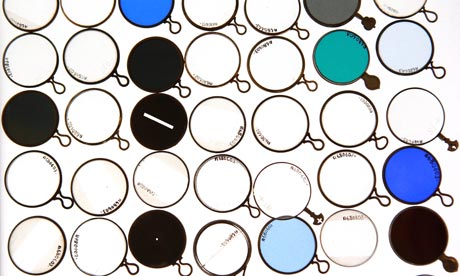The conventional business model for chemical information has been to collect it, enhance it, then charge for access. This started with the visionary Friedrich Konrad Beilstein who founded the famous Handbuch der organischen Chemie (Handbook of Organic Chemistry). The first edition, published in 1881, covered 1,500 compounds in 2,200 pages.
Now there are tens of millions of compounds electronically abstracted from research literature in great detail, but most are behind paywalls. The closed access model increasingly frustrates the community. In the internet era, citizens – not just practising scientists – want to develop new ways of using information: mashups, linked data, apps, new displays and more.
The open philosophy – free to use, reuse and redistribute – was fuelled by the Human Genome Project, free for everyone and now commonplace in bioscience. It's typified by the European Bioinformatics Institute (EBI), part of the European Molecular Biology Laboratory, whose projects are pan-European in the true sense of the word. Whenever anyone asks me of the value of the UK being part of Europe, I immediately point to the truly multinational integrated approach of the EBI.
The core of the EBI is the provision of open bioscientific information (genomes, proteins, metabolism, organisms, ). It contributes directly to better health, improved agriculture and greater community in Europe. Just visit the EBI website and search for BRCA2 (a breast cancer gene) to see the huge amount of information available.
As a chemist, I'm sad that chemistry is a long way behind bioscience in terms of open information. But the newly announced donation of the SureChem patent chemistry data resource to the EBI changes that. As part of Macmillan Science and Education's reorientation towards academic research and education, it has agreed to transfer the SureChem content and data generation and access software to EBI in perpetuity. This is a valuableaction and unlocks an important research resource.
A patent is an agreement between an inventor and the state that protects the invention for a limited period in return for making the information open. Hundreds of thousands of patents are issued each year, and a considerable proportion are for chemicals – how they can be used and how to make them. Drug patents, filed by pharmaceutical companies, are among the most prominent which make claims for a range of chemical compounds with specified uses. Disclosure time: I am an author on a Glaxo-filed patent for anti-HIV compounds.
Patents also have to contain instructions on how to make the compounds, and may contain more than 100 different recipes. They contain a complete microcosm of chemical practice – our group extracted 500,000 reactions in machine-readable form. By comparing patents we can deduce trends – changing the structure slightly alters the biological activity, which determines how effectively a drug can cure a disease.
Patents are open (free to read and reuse), but they can run to hundreds of pages with dense information. In the digital age we have to make them machine-understandable and that's what EBI is now doing.
In 2010, Macmillan set up Digital Science, a division devoted to creating new products for researchers. SureChem was one of its first investments. SureChem's software understands the chemistry in patents both from the words (RS)-4-[2-(tert-butylamino)-1-hydroxyethyl]-2-(hydroxymethyl)phenol, for example, which you may know as Salbutamol, and from the images.
It has indexed the chemistry for millions of US, European and WIPO (World Intellectual Property Organisation) patent records. The value of this resource is enormous. Developing the software and infrastructure for doing this is not easy, and it must be run frequently to be of true value to researchers – the SureChem pipeline processes patents daily and chemistry is generally available within 24 hours of patent publication, versus weeks or months for manually curated databases.
Talking with Nicko Goncharoff of SureChem, he said while Macmillan Science and Education had commercial offers to buy the business, it decided that donating it was in their long-term interest. Macmillan will still have access to the SureChem data and retain ownership of the chemical name recognition software, which is used by Nature among other parts of Macmillan.
It all emphasises the value of EBI – we need publicly-supported organisations to run high quality reliable services. The challenge for SureChEMBL is a common one in this century: how to make a public good openly available for all, while generating a responsible income stream. It needs our support.
Dr Peter Murray-Rust is a reader in molecular informatics in the department of chemistry at the University of Cambridge – follow him on Twitter @petermurrayrust
This content is brought to you by Guardian Professional. Looking for your next university role? Browse Guardian jobs for hundreds of the latest academic, administrative and research posts











